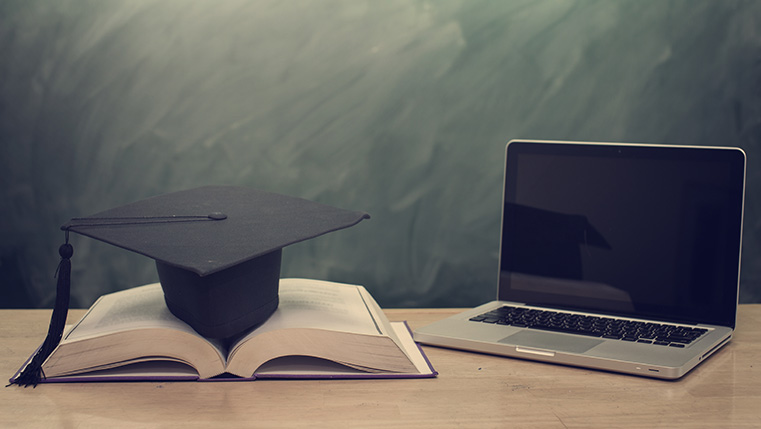Best Practices to Create Blended Learning

A learning practice that infuses digital learning with traditional classroom methods is known as blended learning. Since this approach combines the best principles of two different disciples, it has many benefits.
Blended learning delivers in-depth, continuous learning. As designers are not limited to one medium or delivery channel, they can devise more innovative methods to deliver the learning objectives. It provides more opportunities for social learning and collaboration; at the same time, gives learners the resources to learn at their own pace. Courses can be developed faster and cheaper, depending on the approaches that are selected. A technologically enabled delivery system means that the learning program can reach a geographically dispersed audience.
In order to utilize these strengths of blended learning to the fullest, you need to use a different instructional design approach than a solely digital or classroom training. Below are some of the best practices that you can follow to design an impactful blended learning:
Design around the learning and organizational objectives
Fulfilling the learning objectives should be the driving factor while designing. Don’t be stuck up on specific technologies, rather focus on elements that help you achieve the learning objectives more appropriately.
Always consider the purpose for which the blended approach is being used. Is it to reach a wider audience or to engage a varied audience? Make sure that your design strategy meets this organizational goal as well.
Maintain synergy
The various components of the blended learning strategy should work for and with each other. Each ingredient of the blend should reinforce and augment the others, to enhance the learning experience. The classroom and online portions of a training should fit together as a whole to make the course comprehensive.
Design for the learner
Before beginning with the design and development, carefully analyze the target audience. Survey the audience to consider learner preferences and discover the learning environments they are comfortable with. It is best to develop a course from scratch, as a blended approach needs a fresh perspective. If you re-work an existing course, you are already constrained by the previous approach and learners won’t get the full benefit of blended learning.
Blend online and offline
With numerous online technologies and apps, instructional designers have more options than ever before. Using these, you can provide ways for learners to build communities and start online discussions. By making interaction and engagement a part of the blended approach, you can promote social learning in your audience.
Blended learning design entails more than simply converting content for online delivery or finding ways to supplement an existing face-to-face course. Here are some of the common mistakes that should be avoided before beginning your course design:
Avoid information overload
The blended learning strategy must be designed in such a way that information is conveyed in a crisp and efficient manner. Avoid information overlap by clearly separating topics that are to be conveyed in the classroom, and the ones that will be covered online.
Use the correct medium
Match the delivery vehicle to the knowledge component. A topic that would benefit from a group discussion is an obvious choice for the classroom component. Likewise, a topic that uses a scenario-based role-play as a learning strategy is best delivered online. By putting yourself in the shoes of the learners, you can determine the best approach for their needs.
Have a strong assessment plan
The blended approach should provide sufficient opportunities for learners to practice the knowledge they are acquiring. Avoid sticking to the conventional ways to test subject knowledge. Rather, use a mix of online and offline assessment methods to come up with innovative ways to test the proficiency of learners.
Make provisions for feedback
Communication and feedback are crucial in building a quality and satisfactory blended learning experience. Have enough scope in your training for plenty of appropriate student-to-faculty connect, prompt feedback, and communication of expectations from the beginning of the course.
Creating a blended learning strategy may be a complex procedure, taking a lot of time and effort. Still, if you are well organized all over and let yourself be creative, you will develop an effective learning strategy.





